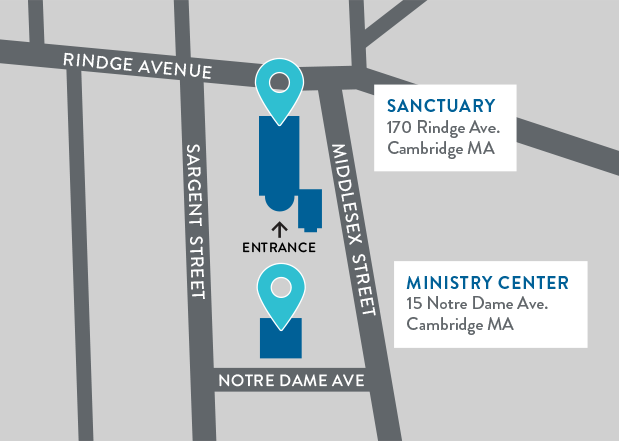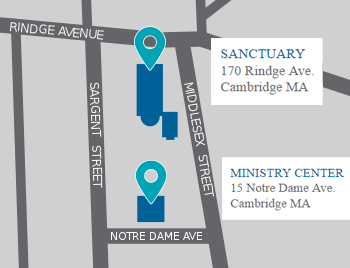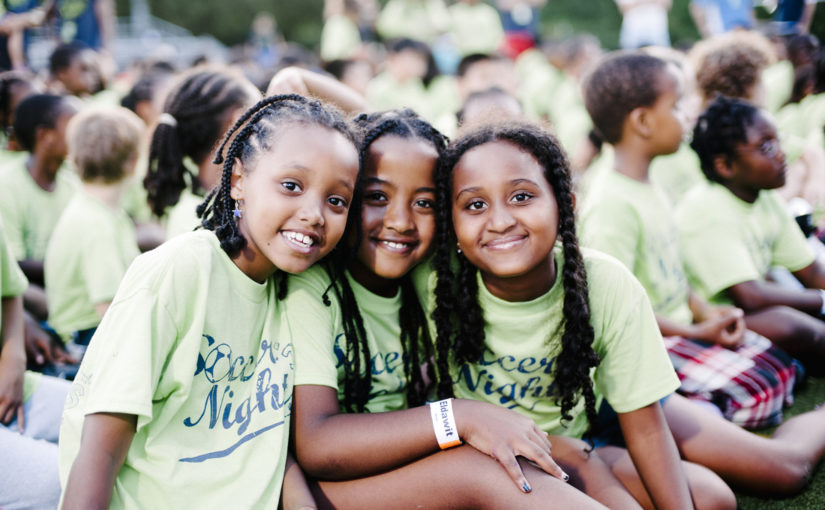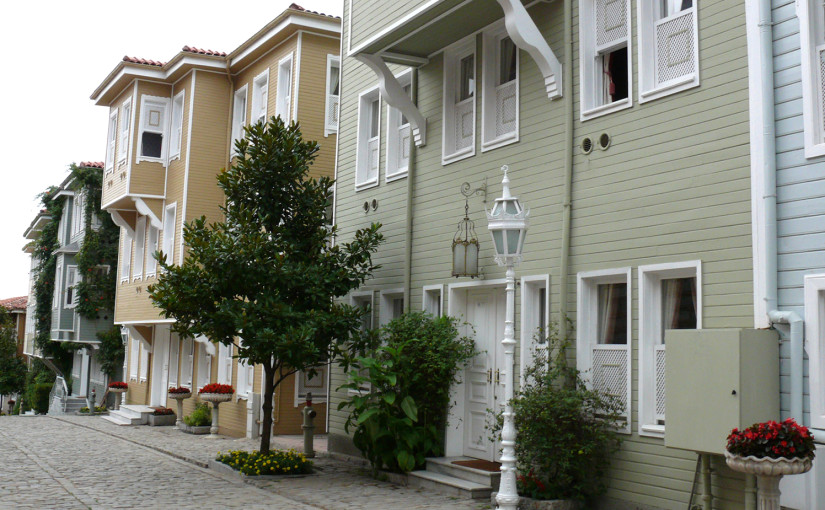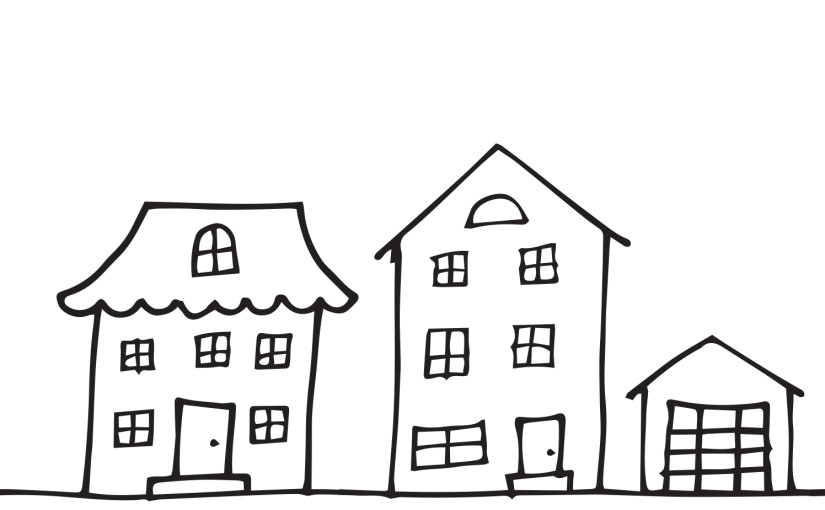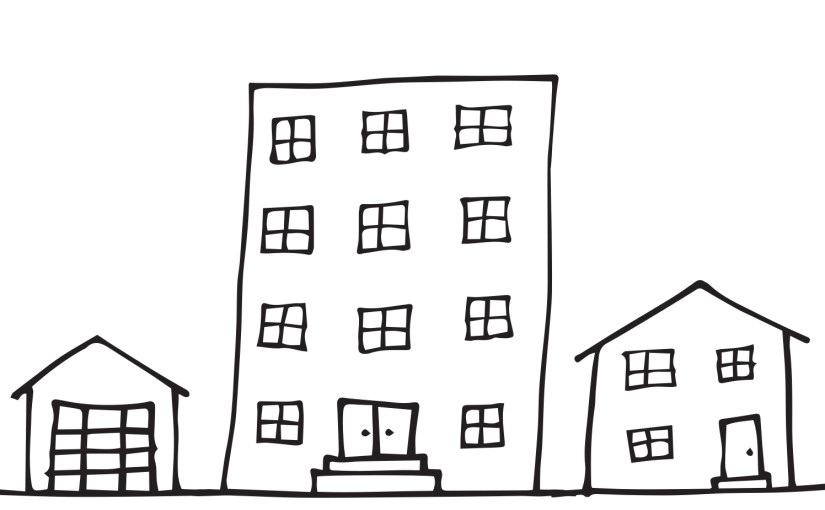Last night was our first night of Soccer Nights. This is our ninth year running a free week of soccer, leadership development, and city unity in our neighborhood of North Cambridge. We’ve inspired other Soccer Nights programs around the city and in a few other spots in the country, but we love ours the most of course.
We had 203 six to twelve year-old children get out of their apartments and be together, learning to pass soccer balls while playing on a team and having a great time! A bevy of young children and parents played together in our 3-to-5 year old division. Nearly 20 thirteen to fifteen year-olds are enrolled in CREW, our leadership development and volunteer program. And another 75+ community volunteers coached, set up the field, served snacks, hosted parents, and organized tonight. Multi-generation Cantibrigians talked and played and danced alongside immigrants from Ethiopia and Bangladesh and Somalia and Haiti and Eritrea and Jamaica and China and more.
It was a beautiful night.
Our church is passionate about loving without agenda, and it is a gift to see the fruit of years of this commitment. Former Soccer Nights players are coaching now. A past parent participant is serving as official photographer. A former member of our youth ministry is directing the whole program, while other graduates of our youth ministry serve as interns and a past director serves under her as a division leader.
Tonight, one of our leaders said to me, “Hey, this is kind of like that ‘Art of Neighboring’ thing we talked about this spring! Is there a connection?”
You betcha.
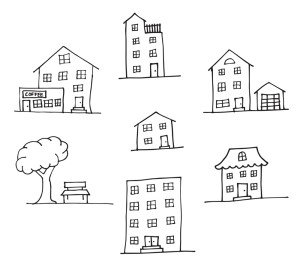
The art of neighboring for all of us is learning to find the life Jesus promises in loving our neighbor as ourselves, learning that this command is integrally linked to the experience of loving God with all our heart, soul, mind, and strength and experiencing God’s great love for us.
We neighbor as a church by encouraging us all to notice and love the people where we work and live, but we neighbor together as Reservoir in the City by noticing and loving our beautifully diverse and vibrant neighborhood of North Cambridge.
Beyond Soccer Nights, we’ve had some other fun and rewarding adventures in neighboring this month. We co-hosted with our Muslim neighbors our annual Iftar – the post-sunset dinner that Muslims share in community to break their fast each night during the month of Ramadan. This is a beautiful evening of peace-making and friendship and eating of big plates of delicious Bengali food!
This year, in my mini-talk, I reminded my Christian and Muslim neighbors of a story Isa al-Masih (Jesus the Messiah in Arabic, an honored and beloved prophet in Muslim religion) told in the Injil (Arabic for the New Testament). I told them that Isa said God is like a shepherd looking for a lost sheep and a woman looking for a lost coin, that as we fast and search for God, we can remember that God is also searching for us.
The picture below is actually from another Iftar this month, when my family and the Tolles family joined my friend pictured here, the imam Ismail Fenni, and a number of other city residents for a shared meal at the mosque in Central Square.
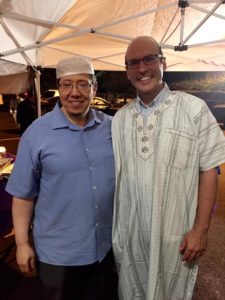
Earlier this month, we also baked and bought cookies for teachers in three local schools. Six volunteers baked and shared 350 cookies to appreciate 174 educators in these three schools in our neighborhood. One principal was so appreciative that a conversation ensued about a further partnership between that school and our church.
Big props to our Reservoir in the City part-time staff team – Cate Nelson, Tory Tolles, and Alice Liu, to our many dedicated volunteers, to all those that contribute financially to this church, and to our remarkable neighborhood where we get to love and neighbor without agenda.
It’s so good to be your neighbor, and to neighbor together!
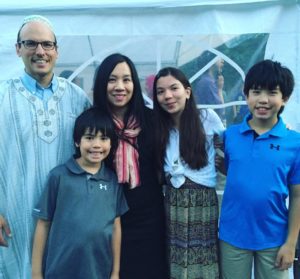
(The Watsons, Iftaring together…)
More pictures of non-Watson neighbors to come…!
